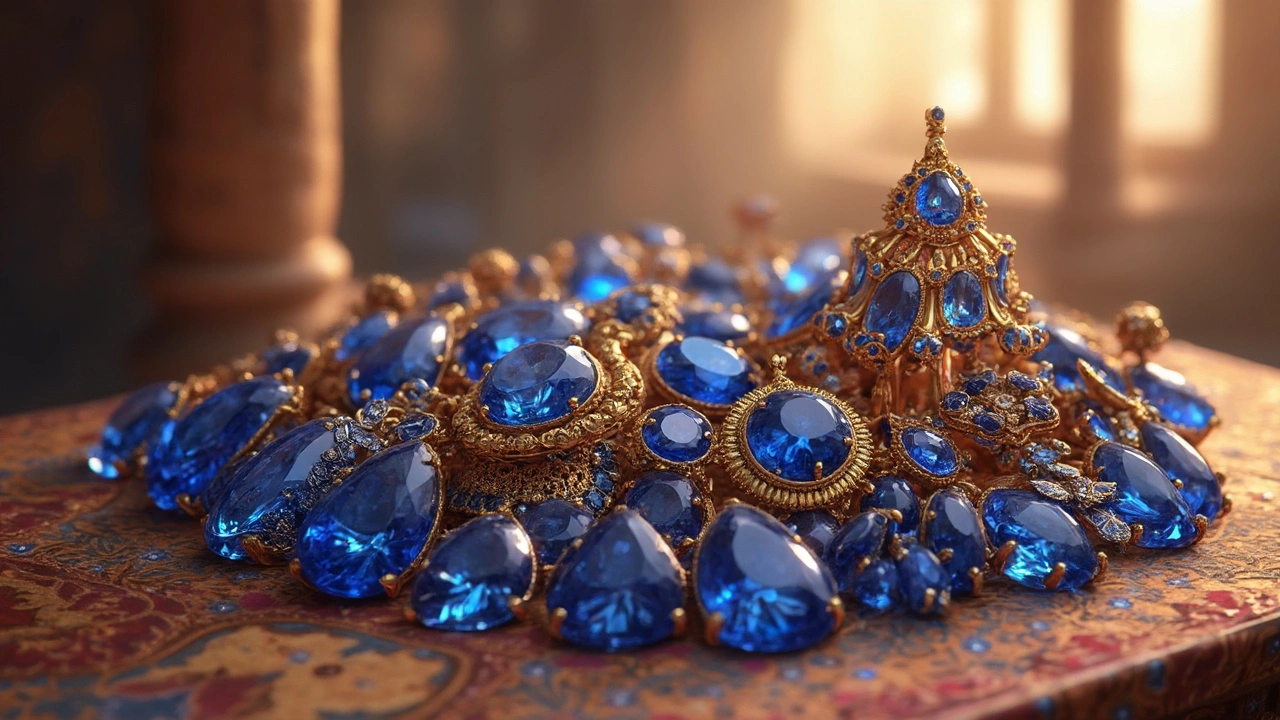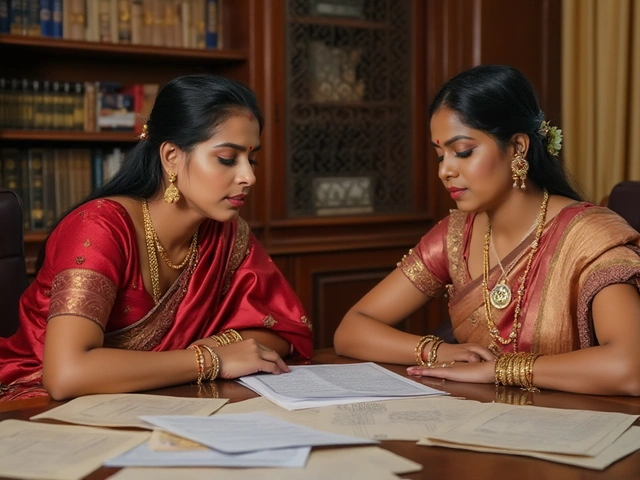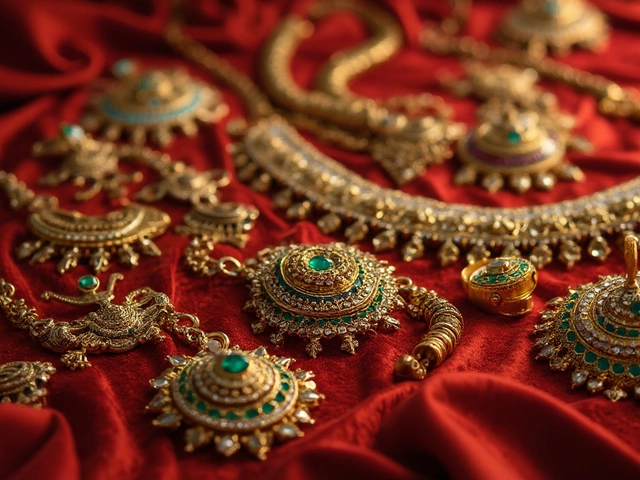Gemstone Identification – Simple Ways to Tell Real Gems
Ever wonder if that sparkling stone in your ring is the real deal or just a cheap imitation? You don’t need a lab to find out. With a few everyday tools and a keen eye, you can separate genuine gems from look‑alikes in minutes. Below are practical steps you can try right now.
Basic Visual Checks
Start with what you see. Genuine gemstones usually have clean, sharp edges and a consistent color throughout. Look for bubbles, cracks, or cloudy areas – these often signal glass or synthetic material. Hold the stone up to a light source and watch how it refracts. Real gems bend light dramatically, showing a bright, lively sparkle called “fire.” If the shine looks dull or flat, be cautious.
Next, examine the surface for inclusions. Tiny imperfections inside a stone are natural and can actually prove authenticity. Use a magnifying glass or a jeweler’s loupe (10× magnification works well). Real diamonds, rubies, and sapphires typically have microscopic flaws, while most fake stones appear perfectly clear.
Simple Home Tests
The hardness test is a classic. Mohs scale ranks minerals from 1 (soft) to 10 (hard). Scratch the stone with a known material: a copper coin (hardness 3), a steel nail (5.5), or a quartz point (7). If the gem scratches easily, it’s likely a soft stone like turquoise. If it resists scratches from steel but not quartz, you might have a sapphire or ruby.
Specific gravity measures weight relative to water. Fill a small container with water, note the level, then gently submerge the stone on a fine thread. The water rise tells you the stone’s volume. Weigh the stone on a kitchen scale, then divide the weight by the displaced water volume. Compare the result with known values – diamonds are around 3.5, while gold‑filled stones are much higher.
Another quick trick is the UV fluorescence test. Under a blacklight, many gemstones glow distinct colors: diamonds often show blue, while some pearls emit a soft white. If nothing happens, the stone could be a common glass replica. Keep the UV lamp handy for a fast, non‑destructive check.
Finally, check for any stamps or hallmarks on the setting. Authentic jewelry pieces often carry a maker’s mark, purity stamp, or a certification number. While not a guarantee of the stone’s quality, it gives clues about the piece’s origin.
Remember, no single test can give a 100% guarantee. Combining visual inspection with a couple of simple tests dramatically increases confidence. If you still doubt, a professional gemologist can run advanced tests like refractive index or spectroscope analysis.
Using these easy steps, you can shop smarter, avoid costly fakes, and enjoy the true beauty of genuine gemstones. Happy identifying!
How to Easily Spot a Kashmir Sapphire
Want to know if that dazzling blue gem is a true Kashmir sapphire? This guide dives into the unique characteristics that set these gems apart, from their distinct color to intriguing history. Discover how to spot the real deal, what makes them sought after for temple jewellery, and gain tips for verifying authenticity. Learn about their significance in Indian craftsmanship and uncover practical insights for collectors and enthusiasts alike.





